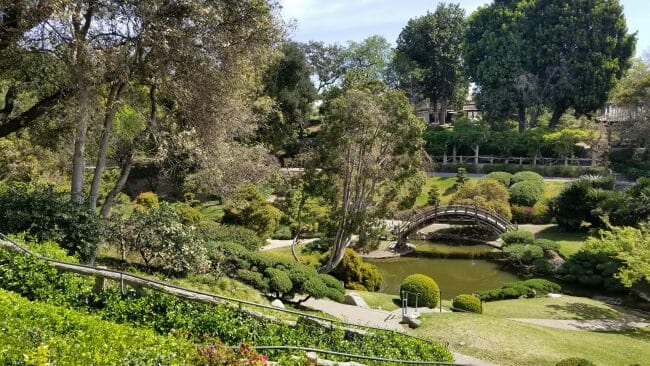Via Don Boudreaux:
Greg Ip writes that “The U.S. runs a trade deficit because it consumes more than it produces while its trading partners, collectively, do the opposite” (“How the Tax Cut President Trump Loves Will Deepen Trade Deficits He Hates,” April 19).
Here is how I like to explain why this is wrong. The trade deficit exists in large part because foreigners are more likely to consume the American-made goods and services they buy right here in the US, rather than take them back to their home country, while US consumers tend to bring foreign goods back to America to consume them. Let me unpack this.
First, over any reasonable length of time, payments between countries are going to balance. If this were not true, there would be some mattress in China that has trillions of dollar bills stuffed in it, and no reasonable person nowadays just lets money sit around lying fallow. There are some payments between countries for each others' goods. And there are some payments for each others' services. And there are some payments for various investments. All these ultimately balance, which makes fixating on just one part of this circular flow, the payments for physical goods, sort of insane. If we have a trade "deficit" in physical goods, then we must have a trade surplus in services (which we do) and in investments (which we do) to balance things out.
But what do we mean by an investment surplus? It means that, for example, folks from China are spending more money in the US for things like real estate and buildings and equipment -- either directly or through purchases of American equity and debt securities -- than US citizens are buying in China. But note that another name for investment is just stuff that foreigners buy in this country that stays in this country and they don't take back home. If a Chinese citizen buys a house in Los Angeles (something that apparently happens quite a bit), that is just as much "consumption" as when I buy a TV made in China. But unlike my TV purchase (which counts as an import), because of the arbitrary way trade statistics are calculated, selling a Chinese citizen a house in LA does not count as an export because they keep and use the house here. Let's say one Chinese person sells 10,000 TV's to Americans, and then uses the proceeds to build a multi-million dollar house in Hawaii. This would show up as a huge trade deficit, but there is no asymmetry of consumption or production -- Chinese and American citizens involved in this example are producing and consuming the same amounts. The same is true when the Chinese build a manufacturing plant here. Or when then invest capital in a company like Tesla and it builds a manufacturing plant here.
Our bizarre fixation on the trade deficit number would imply that, if trade deficits are inherently bad, then we would be better off if the Chinese person who bought the house in LA dismantled it and then shipped the material back to China. Then it would show up as an export. Same with the factory -- if we fixated on reducing the trade deficit then we should prefer that the Chinese buy the equipment for their factory here but have it all shipped home and built in China rather than built here. Is this really what you want?
I am willing to concede one exception -- when Chinese use trade proceeds to buy US government debt securities. This is where my lack of formal economics training may lead me astray, but I would say that the US government is the one major American institution that is able to consume more than it produces. Specifically, by running enormous deficits it is able to -- year in and year out -- allow people to consume more than they produce. Trade proceeds from foreigners that buy this debt in some sense help subsidize this.
However, I don't think one can blame trade for this situation. Government deficits are enabled by feckless politicians who pander to the electorate in order to be re-elected, a dynamic that has little to do with trade. I suppose one could argue that by increasing the demand for government securities, foreigners are reducing the cost of debt and thus perhaps enabling more spending, though I am not sure politicians are at all price sensitive to interest rates when they run up debt -- as a minimum their demand curve is really, really steep. There is a relation between government borrowing and trade but the relationship is reversed -- Increased borrowing will tend, all things being equal, to increase the value of the dollar which will in turn make imports cheaper and exports more expensive, perhaps increasing the trade deficit.









